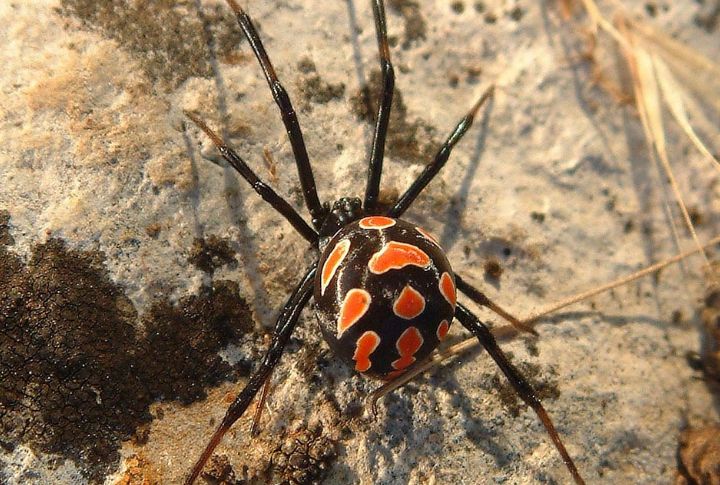
California’s deserts are a battleground for the most unlikely heroes of survival. While you’re sipping iced tea and staying in the shade, these critters are out there, making the desert look like a high-stakes game of hide-and-seek. So, here are ten creatures that make these arid lands their home.
Sidewinder Rattlesnake
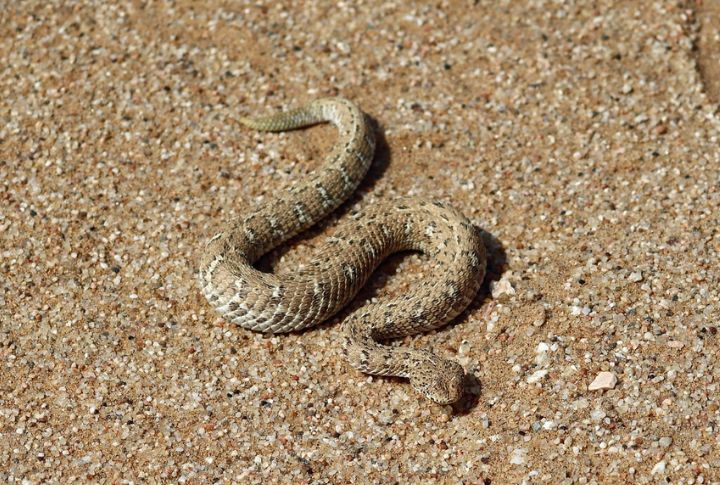
Quick-moving and hard to spot, the Sidewinder rattlesnake uses a unique sideways movement to glide across the sand. With its venomous bite, it poses a serious threat to adventurers. Plus, its preferred habitat is sandy desert terrain, so always keep your eyes on the ground when hiking in those areas.
Black Widow Spider
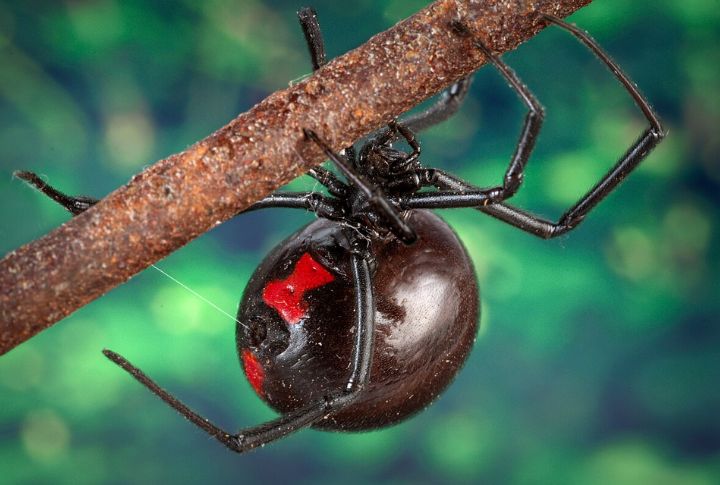
Despite their size, Black Widow spiders hold one of the most potent venoms of any spider species. The bite of this venomous creature can cause intense pain. Always inspect your camping gear and shoes before use to prevent an encounter.
Africanized Honeybee
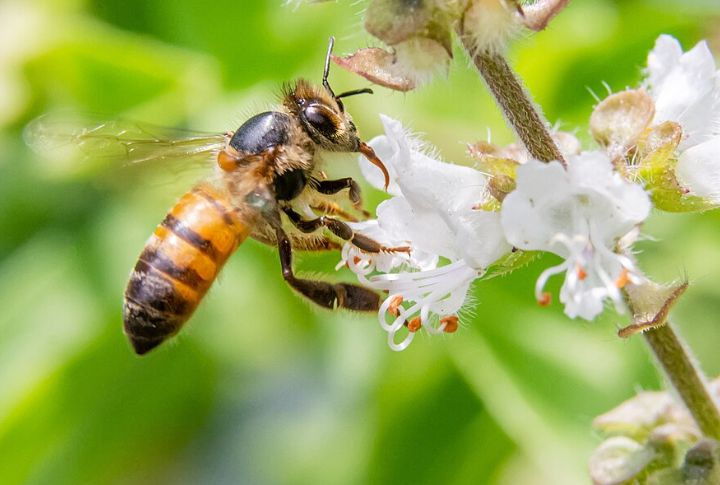
Africanized honeybees, also called “killer bees,” are notorious for their bad attitude. Unlike their docile cousins, these bees are quick to swarm, and they won’t hesitate to chase an intruder miles away if they feel their hive is at risk.
Mojave Green Rattlesnake
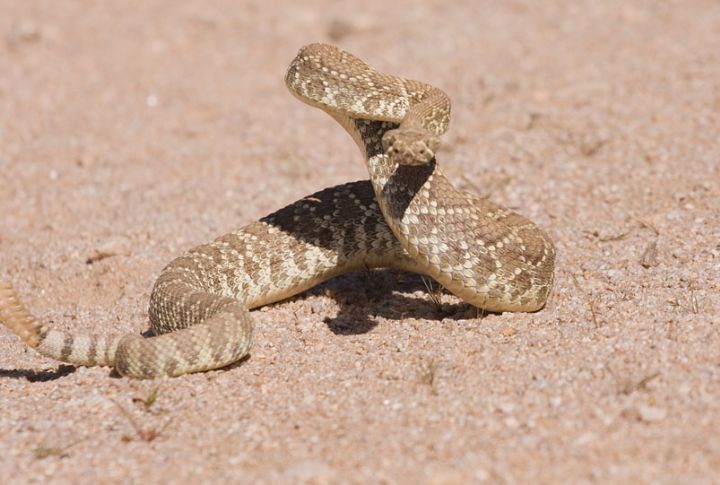
The Mojave Green rattlesnake is the stuff of desert legends. Its rattle is sharp and unmistakable, a warning that this snake is ready to defend itself if you get too close. Known for its striking greenish-yellow hues, it can blend easily with the desert.
Desert Recluse Spider
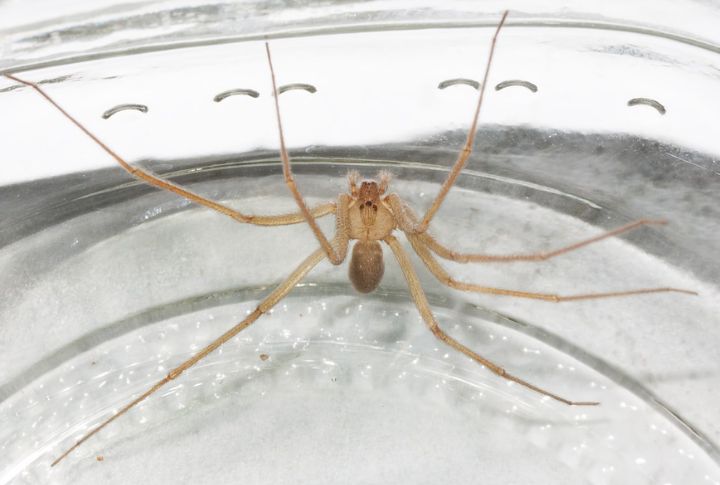
Found in dry, secluded areas like rocks and piles of wood, this spider doesn’t want trouble but will bite if provoked. The result? A venomous bite that could leave you with an open wound that takes a long time to heal. So, be cautious when reaching into dark spaces.
Tarantula Hawk Wasp
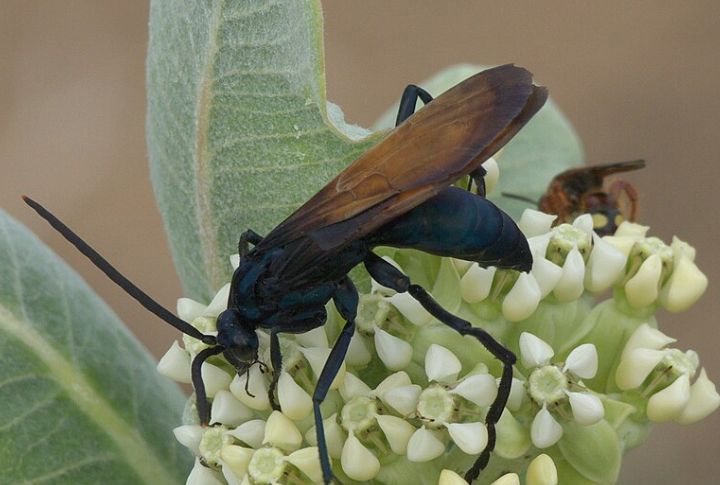
This one on the list has one of the most painful stings in the insect world, but it’s not deadly. Its venom causes an intense, brief agony that fades quickly. The wasp’s primary diet consists of tarantulas, so they’re often found in desert areas rich with spider life.
Red Diamond Rattlesnake
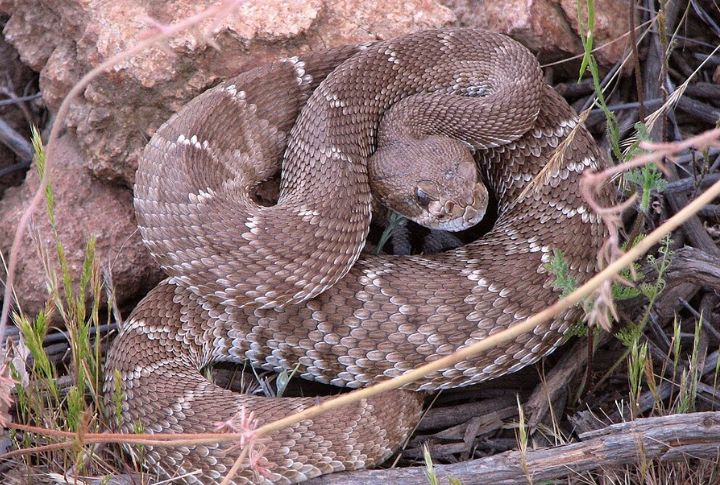
Found primarily in the southern California deserts, this snake has a striking red and brown pattern that blends well with the desert floor. Despite its beauty, the Red Diamond’s venom is no joke. It usually seeks to avoid human contact, but its bite can cause significant tissue damage.
Arizona Bark Scorpion
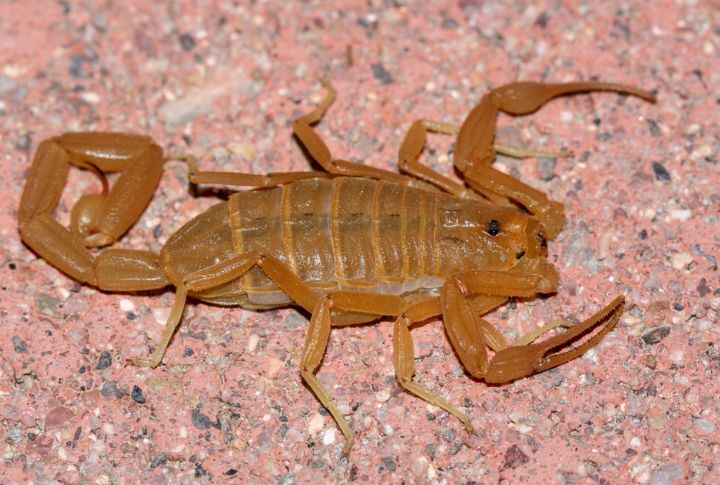
The Arizona Bark scorpion is a master of hiding in plain sight. It likes to nest in the cracks and crevices of desert rocks, making it easy to accidentally disturb. While it’s generally not fatal, the venom causes intense pain and, in some cases, muscle spasms.
Panamint Rattlesnake
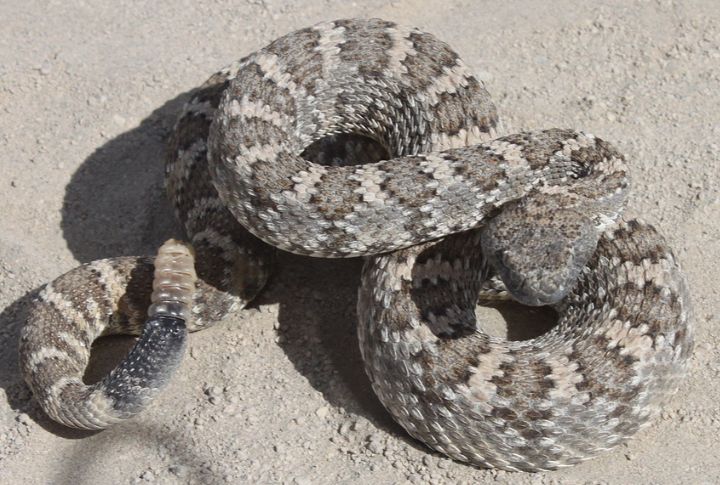
The Panamint rattlesnake, found in California’s mountainous desert regions, prefers higher altitudes. It’s less aggressive yet highly venomous. If exploring areas near Panamint Valley, stay cautious and watch for rattlesnake warning signs.
Western Diamondback Rattlesnake

With its distinct diamond-shaped pattern, the Western Diamondback rattlesnake is a desert icon. This snake is one of the most commonly encountered rattlesnakes in California’s arid regions. While it’s not particularly aggressive, it won’t hesitate to defend itself if it feels threatened.
